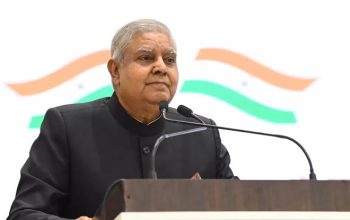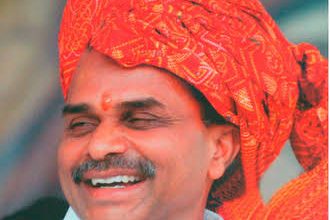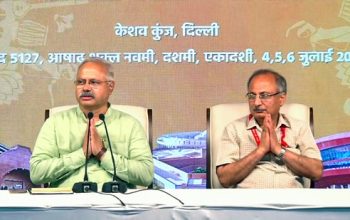NDC DESK
On 14 May 2025, Justice Bhushan Ramkrishna Gavai was sworn in as the 52nd Chief Justice of India at Rashtrapati Bhavan. The oath was administered by President Droupadi Murmu. With this, Justice Gavai succeeds Justice Sanjiv Khanna, who demitted office upon reaching the retirement age of 65.
Hailing from Amravati, Maharashtra, Justice Gavai is notable for being the first Buddhist and only the second individual from the Scheduled Castes to hold the position of CJI . His appointment is seen as a significant step towards greater representation and inclusivity within the Indian judiciary, an institution long criticised for its elite bias.
Justice Gavai began his judicial career as an additional judge of the Bombay High Court in 2003, becoming a permanent judge in 2005. He was elevated to the Supreme Court on May 24, 2019, and has since been part of several Constitution benches that delivered landmark rulings across diverse legal domains.
In his address prior to taking the oath, Justice Gavai reaffirmed his commitment to upholding social and political justice, aligning with Dr. B.R. Ambedkar’s vision of equality, dignity, and rights for all, especially the historically marginalized.
He will serve as Chief Justice for a tenure of six months and nine days, until November 23, 2025. His tenure, though brief, carries heavy symbolic weight.
And yet, beyond numbers and tenures, this was a moment loaded with emotional and historical gravity. In a country still grappling with structural inequality, the image of a Dalit President swearing in a Dalit Chief Justice felt quietly revolutionary.
For those who’ve stood on the margins, it wasn’t just protocol, it was historical. And somewhere in the spirit of the Constitution, one could almost sense Baba Saheb smiling or perhaps, shedding a tear of pride.




